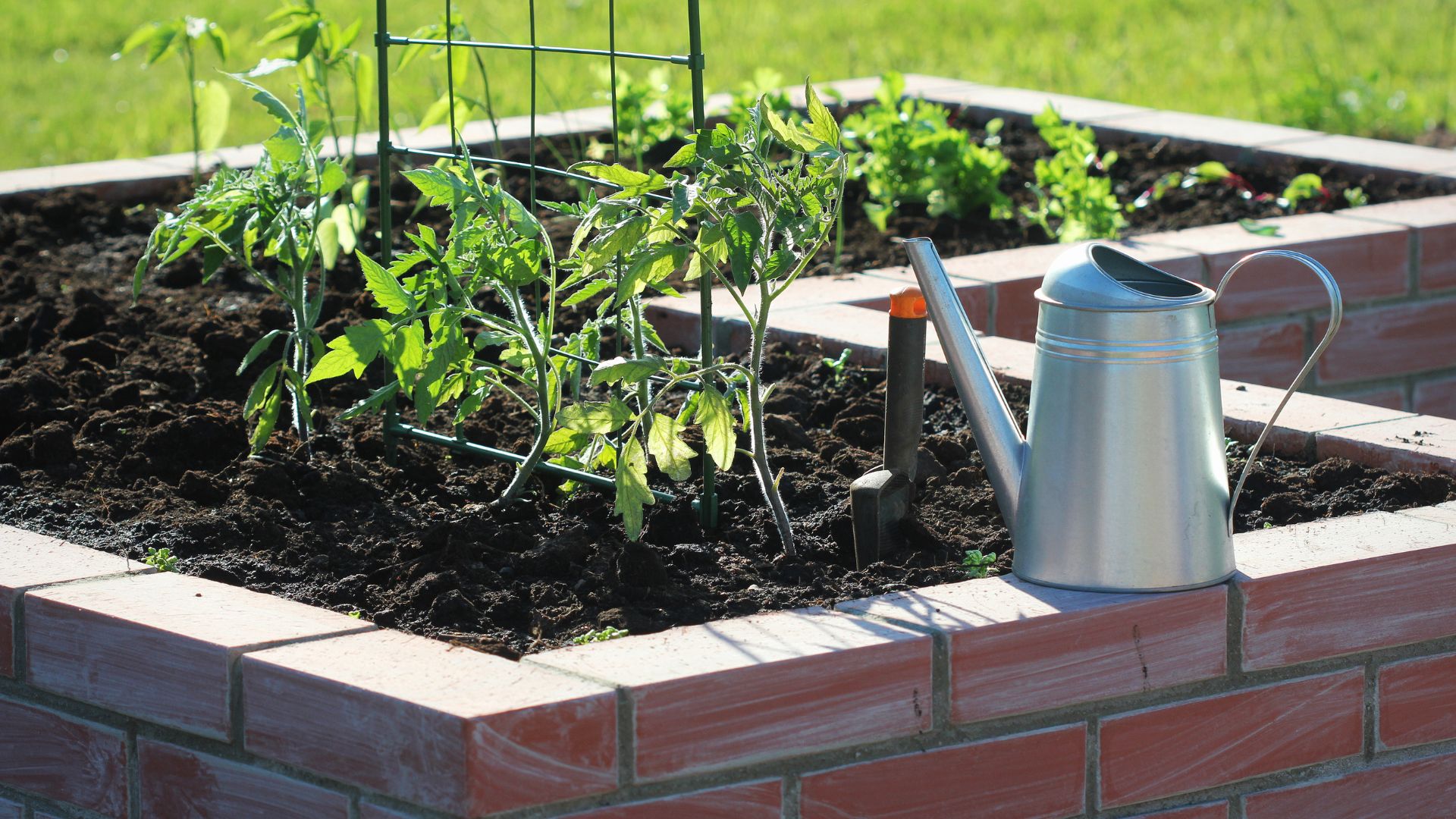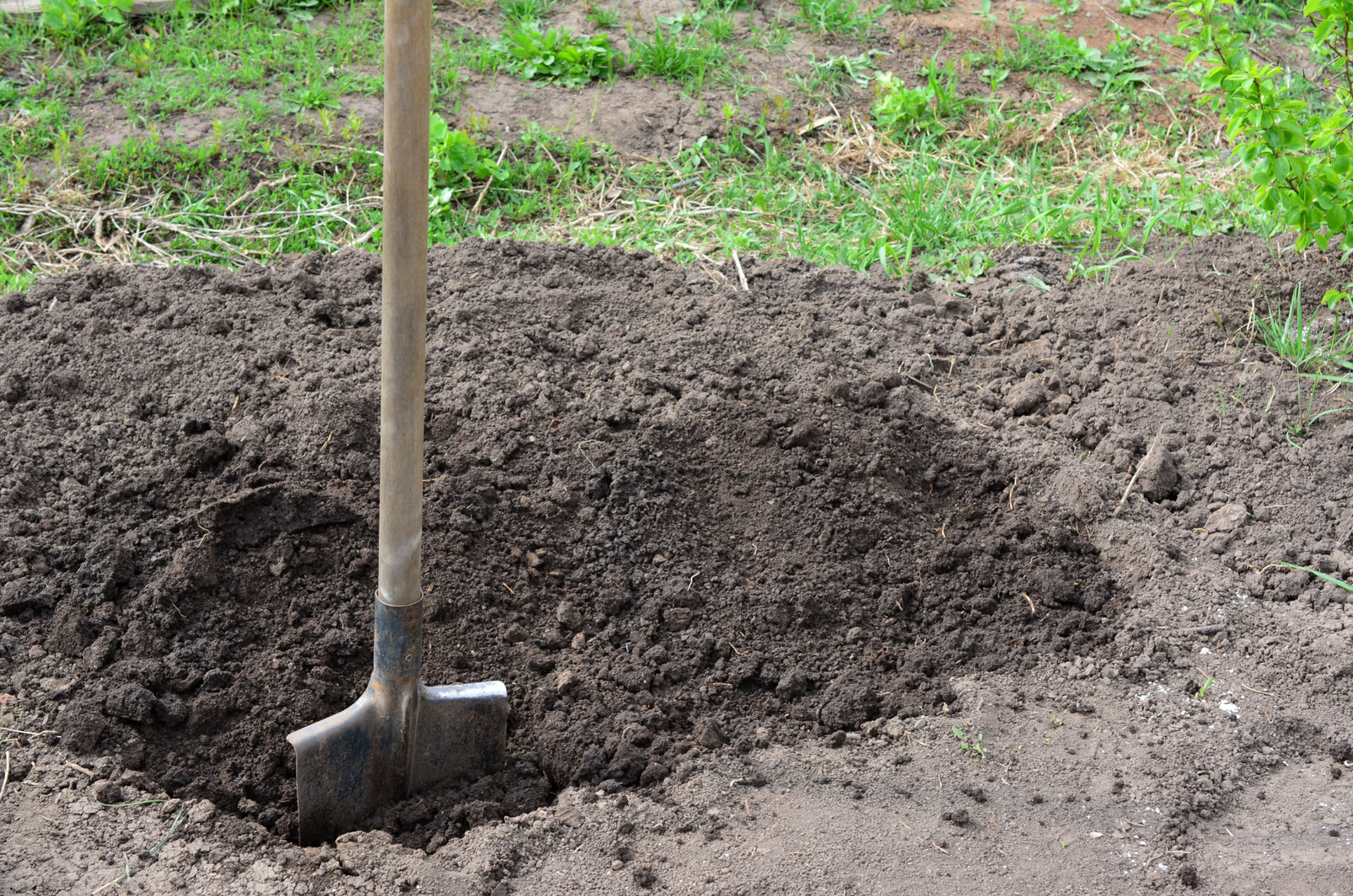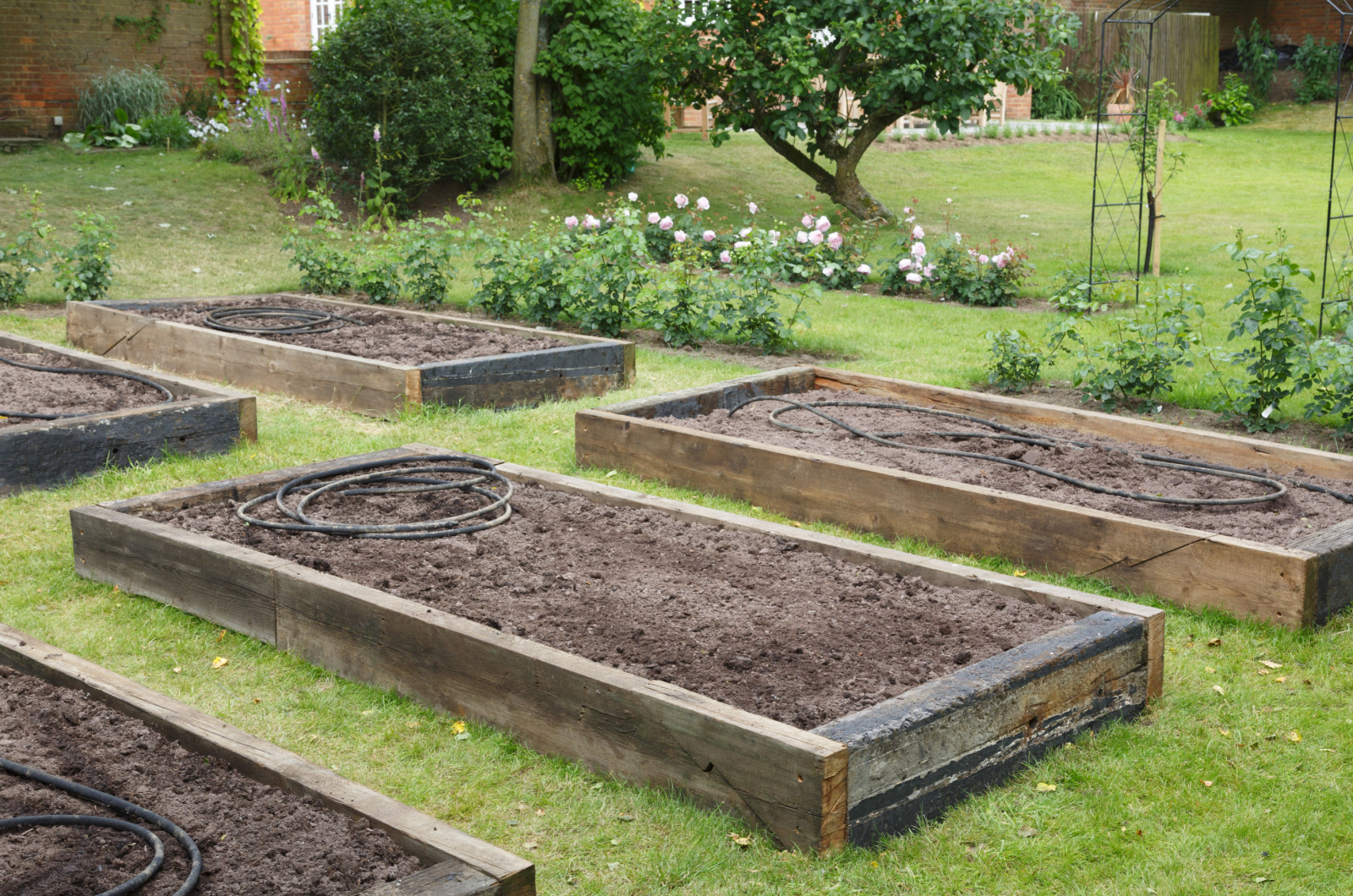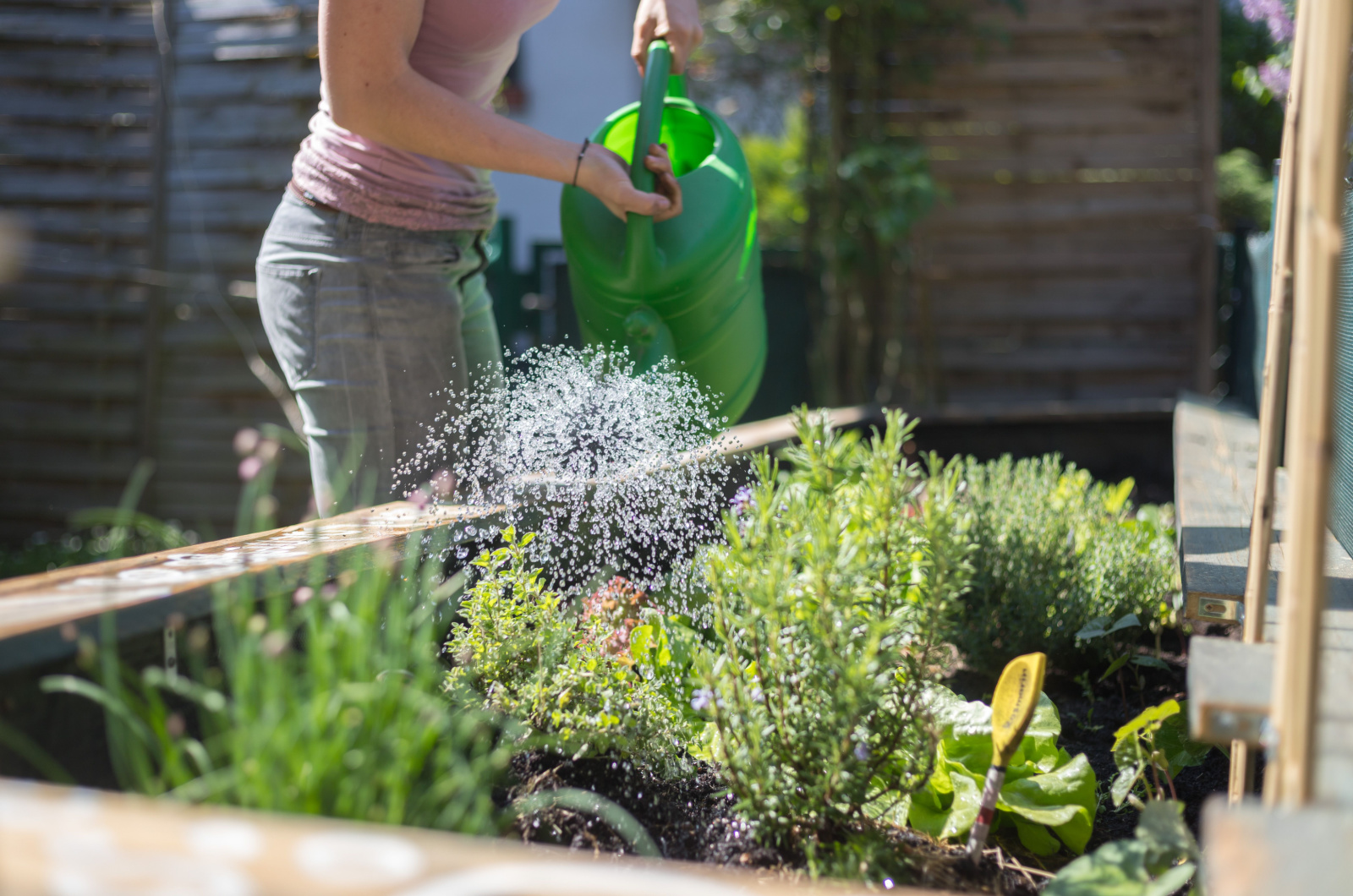Shallow soil is one of the issues that urban gardeners are all too familiar with. It brings a lot of trouble to this green hobby because you can’t grow whatever you want.
Many plants have deep roots and will quickly dry out and wane if you plant them in a shallow substrate.
And even if you do have shallow-rooted plants, deeper soil can still encourage them to grow more healthily and develop deeper roots, increasing their resistance to drought.
So, if you’re dealing with shallow soil, here are some tips on creating more depth.
Let’s get started!
#1 Dig Holes
It’s common for pipes, bedrock, and tree roots to take up way too much space and leave only a shallow surface for planting.
One way you can check for soil depth is by digging holes in it. But before you do that, make sure to get rid of weeds and plant debris (such as leaves, twigs, and mulch) since you don’t want them mixing into the new garden medium.
Now that you have a clean workplace, you can start investigating. Simply dig the soil all over your desired planting site to see how deep (or shallow) it actually is.
Just make sure to watch out for pipes, house foundations, tree roots, etc. Trust me, you don’t want to damage those!
Find out where you have shallow and deep spots. In deep ones, you can plant your ornamentals or vegetables without any amending, while you will have to improve the shallow parts.
#2 Improve The Soil
Shallow soil is usually dry and lacks nutrients, which is why it’s necessary to introduce some organic matter before planting.
Rejuvenating raised garden bed substrate isn’t as difficult as it sounds. All you have to do is layer some compost and work it into the ground or leave it as mulch in areas where plant roots don’t allow mixing.
Compost will improve the whole structure of your garden soil, making it more retentive when it comes to moisture and nutrients. It will also create a more fertile planting site.
Just make sure to work it into the soil wherever you can since planting directly in compost isn’t ideal.
#3 Build A Raised Bed
Now we come to actually adding more depth to your growing medium, and that means making raised garden beds.
You can opt for whatever shape you like, but I find hexagon garden beds quite unique and alluring.
Build them on your own with very few materials and you’ll transform the looks of your garden while allowing your plants to thrive.
Use the hexagon garden beds on their own or place them right next to each other to create more interest.
And if you need even more depth, you can arrange several smaller hexagons at the bottom and stack another one on top of those.
Finally, fill your raised beds with a high quality potting medium or make your own by mixing topsoil, compost, and some other draining materials. If you have a large raised bed, you can first add a layer of logs and large branches to fill it up and then continue with the soil.
Once you’re done with all this, you can mulch your plants with wood shavings to elevate the overall appearance of your new garden and make them retain more moisture.
Here are some more tips on building hexagon garden beds:
Bonus Tip: Use Pots
There are instances where you just don’t have a garden or any free space left (even with shallow soil).
But don’t despair! These are situations that call for using pots. Simply fill large containers with a high quality potting mix and plant your deep-rooted plants in them.
A good thing to have in mind is drainage. Opt for planters with holes in the bottom so that the moisture can drain through them.
It would also be a good idea to lift them off the ground to allow for even more drainage. There are many reasons to get a plant caddy, and one is their ability to keep your pots “in the air,” allowing the excess moisture to drain easily.
Watering Your New Garden
One thing I’d like to point out is that watering your new garden may not be as straightforward as it may seem.
Just because you have shallow soil, it doesn’t mean you’ll have to irrigate your plants more frequently.
Remember, you’ve just made your growing medium deeper.
A good rule of thumb is to keep an eye on your green buddies and adjust watering accordingly. If they start looking dehydrated, give them something to drink, if not, leave them be for a longer period of time and see how this affects them.
This is the best way to find a routine you can stick to.




